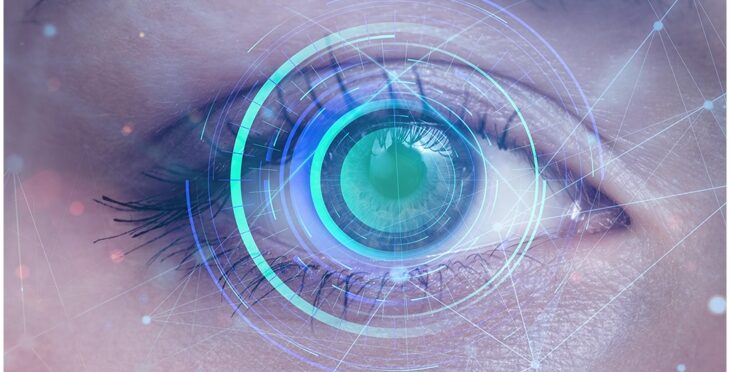Comprehensive Retina Service Near Me: Advanced Eye Health Care
Comprehensive Retina Service Near Me: Advanced Eye Health Care
Blog Article
The Role of Advanced Diagnostic Devices in Identifying Eye Disorders
In the realm of ophthalmology, the usage of advanced diagnostic tools has actually changed the very early identification and management of different eye disorders. From spotting refined adjustments in the optic nerve to monitoring the development of retinal illness, these technologies play a critical role in improving the precision and efficiency of detecting ocular problems. As the demand for specific and timely medical diagnoses remains to expand, the assimilation of sophisticated tools like optical coherence tomography and aesthetic area testing has actually ended up being important in the realm of eye treatment. The elaborate interaction in between innovation and ocular techniques not just drops light on elaborate pathologies yet likewise opens doors to customized treatment methods.
Importance of Early Diagnosis
Very early diagnosis plays a critical function in the efficient monitoring and therapy of eye disorders. By discovering eye disorders at a very early phase, medical care carriers can supply ideal therapy plans tailored to the particular condition, inevitably leading to far better outcomes for patients.
Technology for Discovering Glaucoma
Advanced analysis innovations play an essential duty in the early discovery and monitoring of glaucoma, a leading reason of permanent loss of sight worldwide. An additional innovative device is visual field screening, which maps the level of sensitivity of a client's aesthetic field, aiding to find any locations of vision loss quality of glaucoma. These advanced analysis tools make it possible for ophthalmologists to diagnose glaucoma in its early stages, enabling for timely treatment and much better management of the illness to prevent vision loss.
Role of Optical Comprehensibility Tomography

OCT's capability to quantify retinal nerve fiber layer density enables for exact and unbiased dimensions, helping in the early discovery of glaucoma even before visual area defects emerge. Moreover, OCT technology permits longitudinal surveillance of structural modifications with time, helping with individualized therapy plans and timely interventions to assist protect clients' vision. The non-invasive nature of OCT imaging also makes it a preferred choice for keeping track of glaucoma progression, as it can be repeated consistently without creating pain to the patient. Generally, OCT plays an important function in enhancing the analysis precision and management of glaucoma, eventually adding to better results for people in danger of vision loss.
Enhancing Medical Diagnosis With Visual Field Testing
An important component in comprehensive ophthalmic analyses, aesthetic area testing plays a critical role in enhancing the analysis procedure for various eye problems. By analyzing the complete degree of a patient's aesthetic area, this examination provides important info about the practical stability of the whole aesthetic path, from the retina to the visual cortex.
Visual area testing is particularly valuable in the medical diagnosis and administration of conditions such as glaucoma, optic nerve problems, and different neurological diseases that can influence vision. Through quantitative measurements of outer and main vision, medical professionals can find subtle adjustments that might indicate the visibility or development of these disorders, even before noticeable signs and symptoms happen.
Additionally, visual area testing enables the surveillance of therapy efficiency, aiding ophthalmologists tailor healing interventions to individual clients. eyecare near me. By tracking changes in aesthetic field performance in time, medical care service providers can make enlightened decisions concerning adjusting medicines, recommending surgical treatments, or implementing various other ideal steps to protect or improve a client's visual function
Handling Macular Deterioration

Conclusion
In verdict, advanced diagnostic devices play an essential duty in he said recognizing eye conditions early on. Technologies such as Optical Coherence Tomography and aesthetic field testing have actually significantly improved the precision and effectiveness of diagnosing problems like glaucoma and macular degeneration.
Report this page